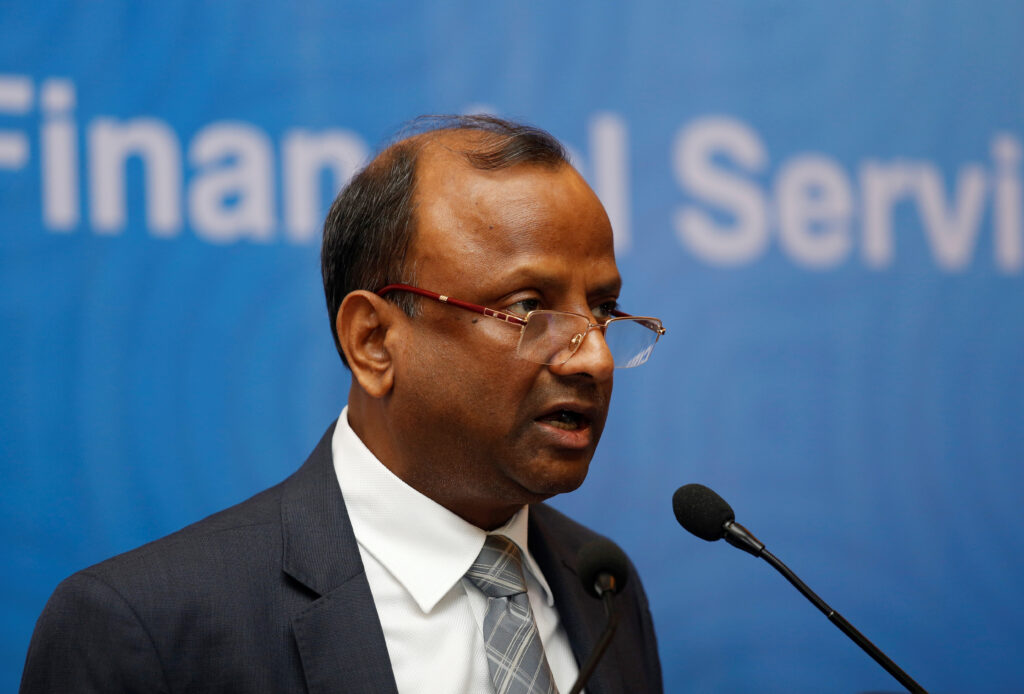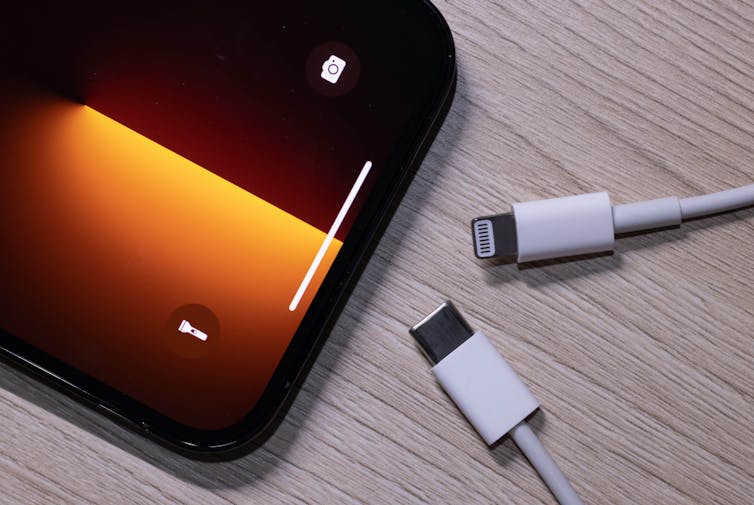
UK government conditionally approves £15bn Vodafone–Three merger

80% of us suffer from workplace anxiety: how can employers help?

- Leading workplace behaviour psychologist Dr Craig Knight has six tips for employers who want to support their employees and minimise the lost time:Create an enriched environment, which includes elements like art and considered interior design
- Offer a range of spaces to suit different styles of work, and understand that not all work can be done in the same way
- Listen to employees’ opinions – you don’t need to implement everything that’s requested but it should all form part of the decision-making process
- Embrace the importance of recharging – a suitable space to get back in the zone after a big meeting can boost productivity
- Watch out for signs of workplace anxiety, which may be particularly prevalent after holidays or around important deadlines
Honda to Pour $15 Billion into EV Factory in Ontario–the Largest Auto Investment in Canada's History
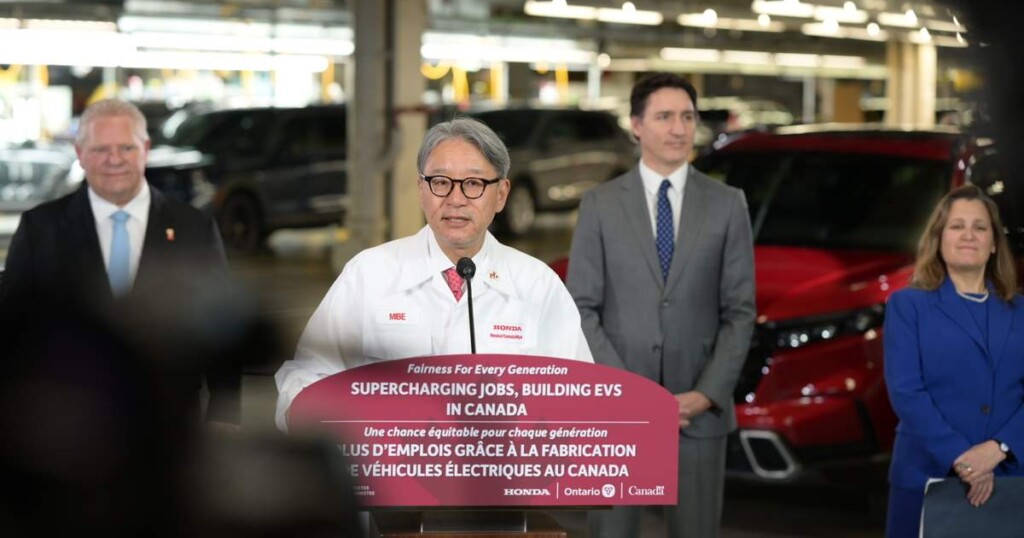
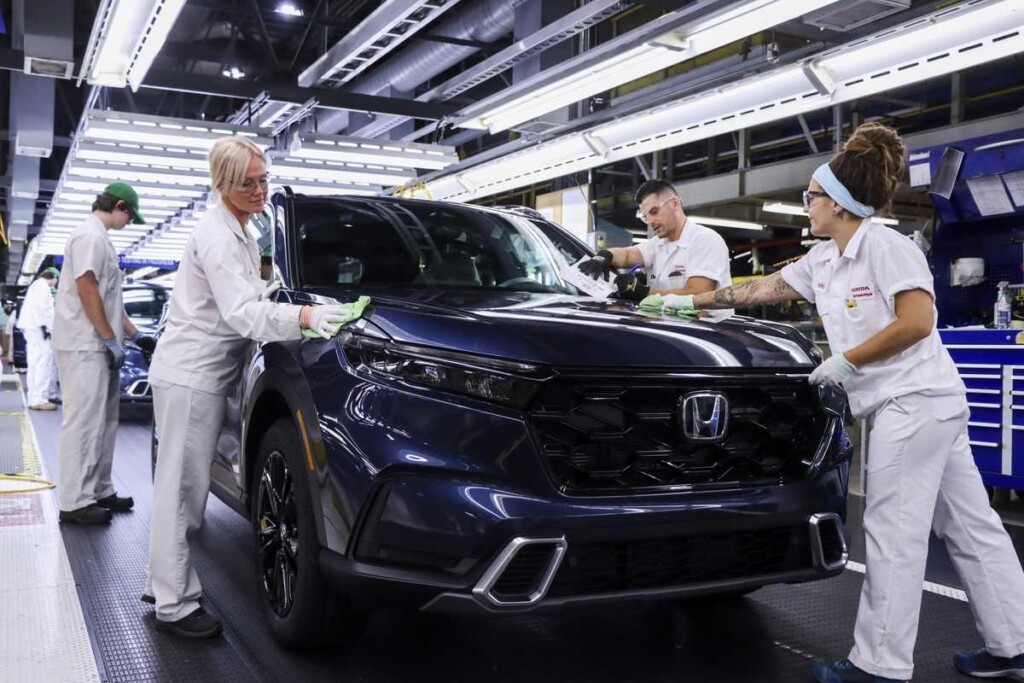
Axiata and Airtel sign agreement to merge operations in Sri Lanka

More high-level exits at Paytm, company says part of restructuring exercise

Bajaj Auto launches new flagship Pulsar at Rs 1.85 lakh
FCC gives T-Mobile the green light to buy Mint Mobile

SES to buy Intelsat for $3.1bn
Aviation in a ‘purple patch’ amid new plane crunch, AirAsia says
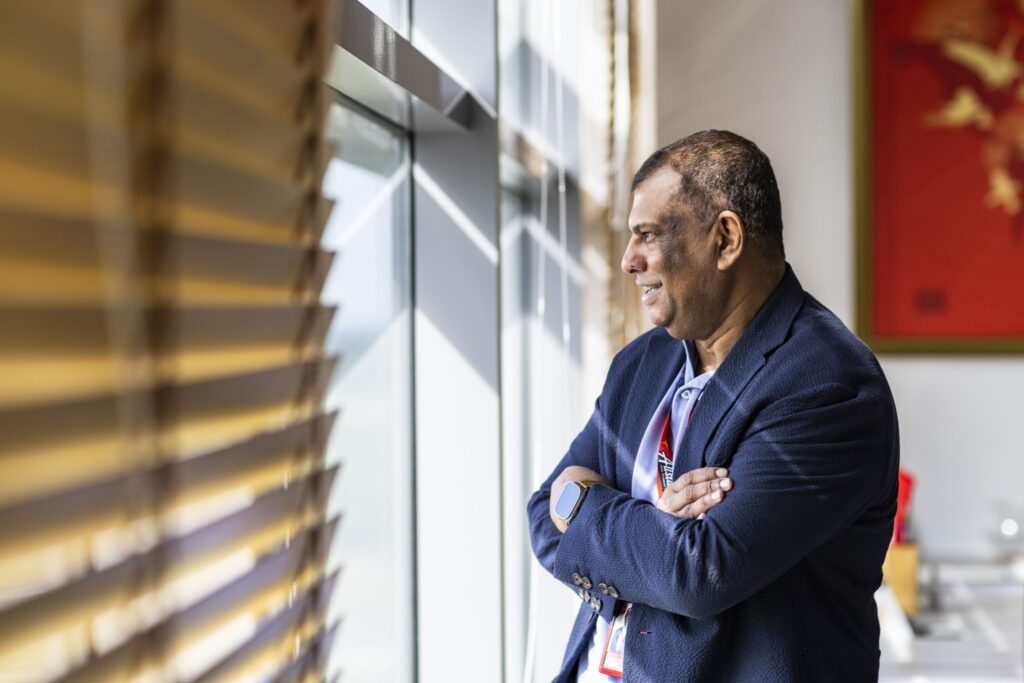 Malaysia-based AirAsia founder Tony Fernandes remains bullish on air travel. MUST CREDIT: Richard Humphries/Bloomberg
Malaysia-based AirAsia founder Tony Fernandes remains bullish on air travel. MUST CREDIT: Richard Humphries/BloombergWalmart’s PhonePe launches India mobile app store to rival Google
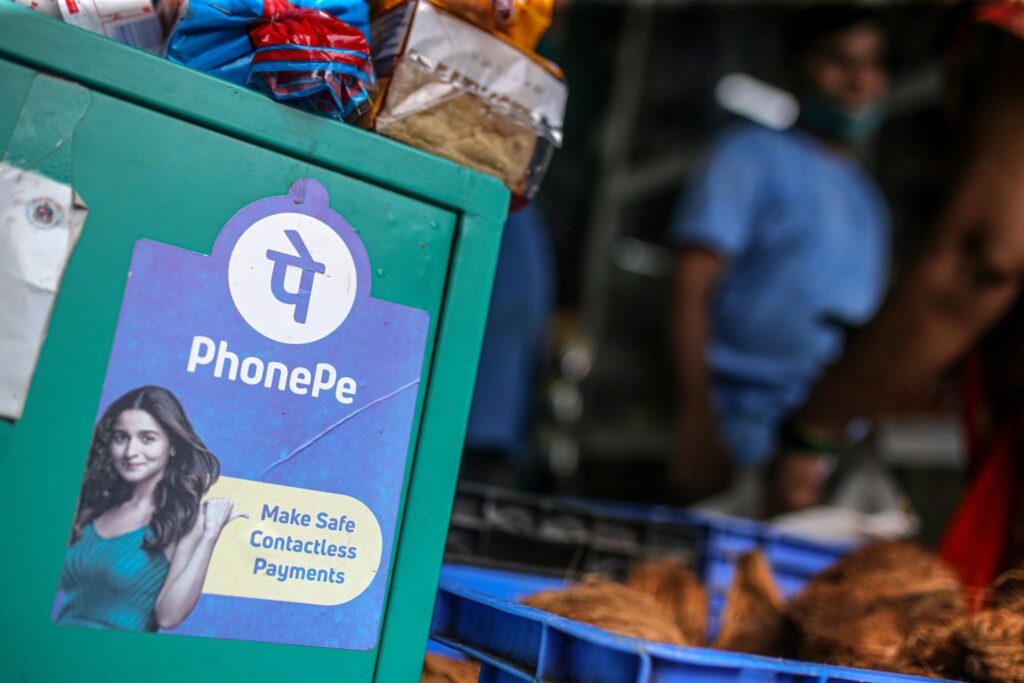 A general store advertises the use of the PhonePe digital payment system in Mumbai, India. MUST CREDIT: Dhiraj Singh/Bloomberg
A general store advertises the use of the PhonePe digital payment system in Mumbai, India. MUST CREDIT: Dhiraj Singh/BloombergThe future of work: Why we need to think beyond the hype of the four-day week

Is reducing working hours a sign of progress? Since the 19th century, the number of hours spent at work has been steadily declining in developed countries.
The four-day week emerged in the 90s as a political and economic demand for a more equal division of work. The idea was to reduce the number of hours worked so that more people can access employment. This approach, developed in 1993 by French economist Pierre Larrouturou, was tested in 1996 with the de Robien law on the organisation of working hours. In France, business leaders such as Antoine Riboud, CEO of the multinational food-products firm Danone, championed the idea as a way of boosting recruitment. However, the law was repealed in the early 2000s with the labour reform that introduced the 35-hour week. Elsewhere, in Germany, Volkswagen adopted the four-day week in 1994 to save 30,000 jobs, only to abandon it in 2006.
The Covid crisis and its associated lockdowns have brought this debate back into the spotlight. The widespread adoption of working from home, the use of new technologies and the increase in flexibility have profoundly transformed the way we work. This period has also reinforced employees’ desire for a better work-life balance. As a result, 56% of British employees would accept to earn less money in exchange for more free time.
Against this backdrop, the debate on the four-day week is resurfacing. Countries in Asia and Oceania are looking at ways to organise their workforces in order to reengage their employees. In New Zealand, the government introduced a four-day week at the end of the pandemic to boost productivity and improve work-life balance. In Japan, several companies have also come on board, including Hitachi and Microsoft. This measure, presented as a means of combating overwork culture, is also an opportunity to significantly improve productivity (by 40% in the case of Microsoft).
Europe is following suit, starting with the countries of Northern Europe, followed by the UK, Germany, Spain, Portugal and France.
This reform can take various shapes – each of them presenting specific challenges.
A four-day week or a week squeezed into four days?
The first approach is the most popular: an unchanged number of working hours, concentrated over four days. This is the model implemented by Belgium and the Nordic countries. In autumn 2022, Belgium passed a law on the four-day week, called the “deal for employment”: employees can work four days without any reduction in salary because their weekly working time remains the same. In Italy, the Intesa Sanpaolo bank is doing the same. In France, an attempt to do so was proposed in March 2023 to the employees of Urssaf Picardie, but was a complete failure. The cause: parenthood. Long days no longer allow parents to take their children to and from school.
This is a new form of temporal flexibility, without any reduction in working hours. As economist Éric Heyer points out:
“We shouldn’t confuse the ‘four-day’ week, which reduces working time, with the ‘week in four days’, which compresses it.”
The challenge, then, is to work differently so that the quality of work does not suffer as a result of intensification.
Working less, working better
The second approach is the true ideal of the four-day week, namely the 32-hour week: shorter working hours thanks to increased productivity. It has been implemented in Southern Europe (Spain, Portugal).
This formula is based on the idea of maintaining work productivity by identifying and reducing unproductive time, streamlining certain processes, notably reporting and participation in meetings. Working less, yes, but above all working better. It would in fact limit everything considered superfluous. That said, putting the organisation on a diet reduces its ability to adapt to rapid changes in its environment. For example, we now know that “down times” facilitate the exchange of information between teams.
This approach is deeply embedded in the idea that technology will compensate for any loss of productivity, a recurring theme since the publication of The End of Work in 1995 by American essayist Jeremy Rifkin. The arrival of generative artificial intelligence has brought the concept back to the forefront. Bill Gates even talks about the imminent arrival of the three-day week.
Since the advent of the industrial world, organisations have constantly sought to optimise working time. For many years, it simply kept pace with the production line. Working time and time at work were perfectly synonymous. Today, we don’t have to go to the office to work: work has moved into our personal spaces. Working time has become detached from office time. With the four-day week, the aim is to frame work in terms of time rather than space. Sarah Proust, an expert associated with the Fondation Jean-Jaurès, explains:
“What is at issue here is the organisation and distribution of work, rather the place we intend to give to work in society.”
Toward a new work paradigm?
Instead of focusing on the volume of hours, shouldn’t we be talking about the very nature of work? In the words of economist Timothée Parrique, we need to stop predicting the future of work with ideas like the four-day week, and start inventing the work of the future.
A growing body of research, notably in the wake of anthropologist David Graeber, is highlighting the loss of meaning at work, the rise of “bullshit jobs” and the “revolt of the top of the class”, to borrow the title of journalist Jean-Laurent Cassely’s book.
Unfortunately, reorganising working hours will not be enough to reengage one’s workforce. Working time is above all a “hygiene factor”, as psychologist Frederick Irving Herzberg explains. It cannot deliver the motivation so hoped-for by managers. It can only temper employee dissatisfaction. As a source of personal fulfilment and satisfaction, highers-up need to activate genuine “motivational factors”, such as by valuing the work accomplished, employees’ autonomy, or making work tasks more interesting.
Perhaps we need to create new utopias of work along the lines of Ecotopia: The Notebooks and Reports of William Weston, Ernest Callenbach’s book (1975) that imagined three West Coast states seceding from the USA to establish a radically ecological way of life. In it, Callenbach imagines a new model of society where people only work 22 hours a week. This utopia depicts economies where a large proportion of the available hours are devoted to social, political, cultural and environmental activities. Ecotopia advocates personal and collective fulfilment before individual success. Businesses are self-managed, public transport is free, education and health are accessible to all, criminal violence is absent, universal income is in force and recycling, sobriety and degrowth are the rule.
Callenbach wanted to give us a glimpse of a world he believed to be better, not only for the environment, but also for the individual balance of each person. As we live longer than ever, and as work occupies less time in our lives, we need to imagine, not a new way of working, but a new way of living.![]()
Yaëlle Amsallem, Doctorante, Assistante de recherche de la Chaire Reinventing Work, ESCP Business School and Emmanuelle Léon, Professeure associée, Directrice scientifique de la Chaire Reinventing Work, ESCP Business School
This article is republished from The Conversation under a Creative Commons license. Read the original article.
Improved fortunes for French nuclear sector
.jpg?ext=.jpg) The Flamanville 3 EPR, where fuel loading is expected to start next month (Image: EDF / Alexis Morin and Antoine Soubigou))
The Flamanville 3 EPR, where fuel loading is expected to start next month (Image: EDF / Alexis Morin and Antoine Soubigou))Walmart’s PhonePe launches India mobile app store to rival Google
 A general store advertises the use of the PhonePe digital payment system in Mumbai, India. MUST CREDIT: Dhiraj Singh/Bloomberg
A general store advertises the use of the PhonePe digital payment system in Mumbai, India. MUST CREDIT: Dhiraj Singh/BloombergSupporting early-life development: Nestlé unveils new age-adapted growth nutrition blend
Foxconn to invest $600 million in India’s Karnataka to make iPhone components, chip equipment
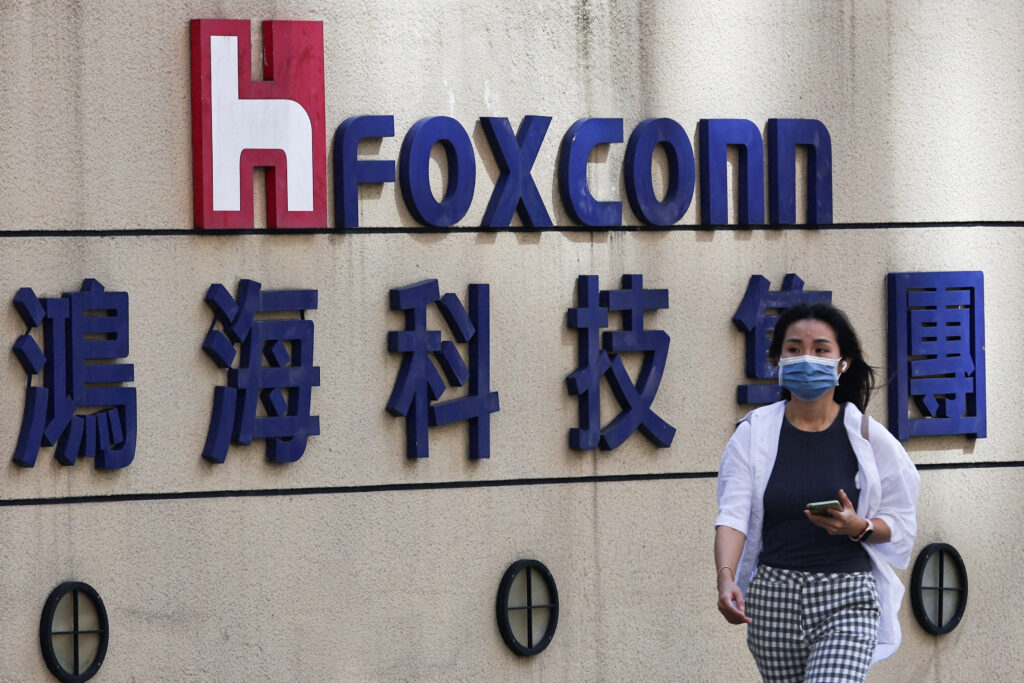 FILE PHOTO: A woman walks past the logo of Foxconn outside the company’s building in Taipei, Taiwan November 9, 2022. REUTERS/Ann Wang/File Photo
FILE PHOTO: A woman walks past the logo of Foxconn outside the company’s building in Taipei, Taiwan November 9, 2022. REUTERS/Ann Wang/File PhotoMastercard India names ex-SBI Chair Rajnish Kumar as chairman
Apple has switched from its Lightning connector to USB-C — we explain which is better and why they did it
A better standard
The Lightning charger was introduced by Apple in 2012 and first featured on the iPhone 5. It was the successor to the 30-pin dock connector introduced in 2003 for the first iPods and iPhones. Arguably, the key visible innovation of the Lightning cable was reversible ends.
This enabled the user to insert the charger into the dock without having to wonder whether it was oriented in the right way. It might seem trivial now, but this was not the case with any other charger. If you are using the standard USB port on your laptop now, you are likely to spend a lot of time plugging the cable in and taking it out in order to find the right orientation. You’re probably also complaining about how inconvenient it is. At least, that’s what I do.
The USB-C connector came out about two years after the Lightning. There was nothing particularly novel or remarkable about it compared to Apple’s cable. However, one notable feature was that it borrowed the Lightning connector’s reversibility.
USB-C is just the name of the connector, not the entire cable. The cable and connector are part of a bigger technical specification called USB-4. USB-4 outperforms Lightning in every technical dimension conceivable. It can transfer data much more quickly: up to 40Gbps (gigabits per second) for USB-4 versus 480Mbps (megabits per second) for Lightning. It also charges devices more swiftly, to the point that Apple started selling Lightning to USB-C adaptors.
The main difference between the two, however, is that UBS-C is not proprietary. It was developed by a consortium called the USB implementer forum. This consortium is composed of companies such as Intel and Microsoft – and also Apple.
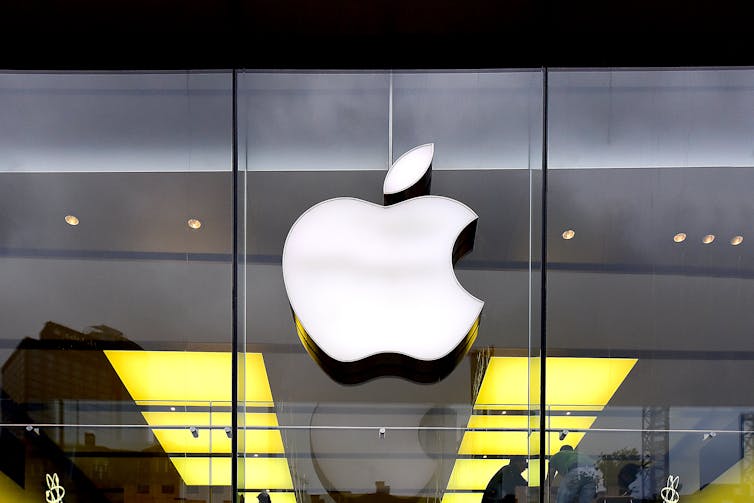 There are several possible reasons why Apple held on to the Lightning connector as long as it did. Vytautas Kielaitis / Shutterstock
There are several possible reasons why Apple held on to the Lightning connector as long as it did. Vytautas Kielaitis / Shutterstock All of the USB standards can be used by any business. Apple, on the other hand, does not allow anyone else to use its proprietary accessories, unless they agree on a license. This means that USB-C is compatible with many more devices, including all recent Apple products, but not previously with the iPhone.
When it pays to be different
So, what’s so special about the Lightning connection that made Apple stick with it for so long, despite repeated promises to join its competitors on a common standard? Why would Apple sabotage one of its own phones by keeping a substandard charging connection?
One possibility is that consumers are inattentive when they buy a phone, and do not directly factor in the cost of accessories such as chargers. If this is true, Apple would have needed these add-ons to remain proprietary and make sure no competitor could start offering them for a lower price. If so, forcing Apple to offer the better standard benefits all consumers.
The alternative explanation is that some consumers actually value the Lightning connection more. After all, the look is different, and Apple fans argue that it may be harder-wearing than other standards. It is also a signal of status and exclusivity.
We seem to have reached a stage in the market for smartphones where people who only care about everyday usage replace their device much less often. This is probably because technology is not evolving at the same pace it did in the past. Yet, it’s also the case that demand for high end phones continues to increase.
This could be because they cater to a subset of consumers who either greatly value a marginally higher quality of camera or slightly bigger storage. But mostly, expensive phones are a way to signal social status.
People buy the latest phone not only because they want to own it, but also to be seen as owning one. This is certainly a factor that has helped Apple thrive because the company offers products that are visibly different from the cheaper alternative. And another sign of status for Apple users is having different accessories, including the proprietary chargers.
Apple has not always been so keen to reject common standards. Not only is it one of the participants in the USB consortium, but it is also the company that helped USB become the global standard by offering it on its first generation of iMacs.
At the time, however, Apple was the underdog in the market for personal computers, facing off against the tech giant Microsoft. And a big reason why many people did not buy Apple computers at the time was their fear they would not be compatible with Microsoft products.
At one point, Apple even went as far as developing tools to help users run Windows on their devices. At the time, it made sense to try to make your products as compatible as possible with those of the market leader.
In today’s smartphone market, Apple is a leader, and may gain from not being compatible with other standards and products. The big question, however, is whether consumers benefit. If exclusivity is a way to block competition, then they probably don’t. If consumers value exclusivity, or if it encourages Apple to innovate, then perhaps forced standardisation is not such a great idea.![]()
Renaud Foucart, Senior Lecturer in Economics, Lancaster University Management School, Lancaster University
This article is republished from The Conversation under a Creative Commons license. Read the original article.
Google seeks suppliers to move some pixel production to India
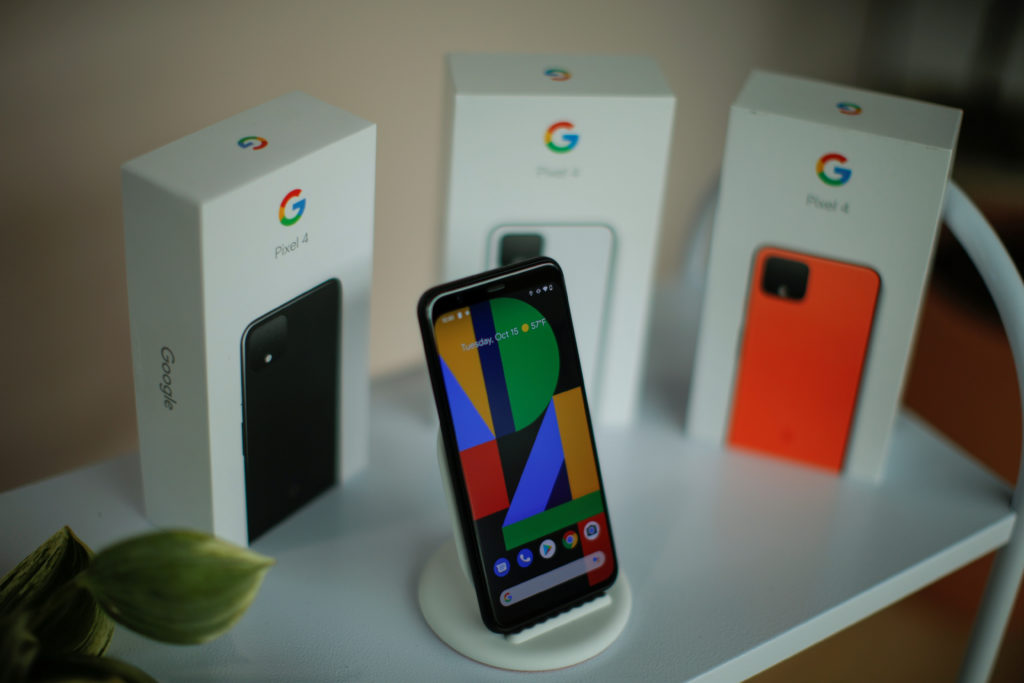 FILE PHOTO: The new Google Pixel 4 smartphone is displayed during a Google launch event in New York City, New York, U.S.
FILE PHOTO: The new Google Pixel 4 smartphone is displayed during a Google launch event in New York City, New York, U.S.Airtel starts refarming 2G spectrum for 4G services to enhance indoor coverage
NOV 17, 2020 NEW DELHI: Bharti Airtel has started deploying 4G technology in 900 megahertz band, which it was using for 2G services, across 10 telecom circles to enhance indoor coverage of the high-speed mobile telephony, according to sources involved in the process. The refarming of 900 Mhz spectrum band for 4G services is underway in six circles of Delhi, Kolkata, Andhra Pradesh, North East, Karnataka and Rajasthan. The company will extend the exercise to more circles where it has liberalised spectrum in the 900 Mhz band, one of the sources said. A senior Bharti Airtel executive told PTI that the company has already shut down 3G across the country and re-farmed all the 3G spectrum for 4G. "As smartphone penetration grows further in small towns and villages, we have the opportunity to deploy some of the high quality 900 Mhz band from 2G to 4G and scale up network capacity without having to wait till auctions. This is helping us truly differentiate the 4G experience on our network," the company executive who did not wish to be named said. The executive added that Bharti Airtel has liberalised 900 Mhz spectrum in 10 circles and the entire refarming process is expected to be completed in the next 3-4 months. A recent report by OpenSignal rated Airtel as the network with the highest download speed, the best gaming experience and also the best video experience. The company executive said that the refarming will enable Bharti Airtel to further boost mobile signals inside buildings compared to signals transmitted in high frequency bands of 1800 Mhz and 2300 Mhz bands that are also in use for 4G services. "900 Mhz band with higher propagation, especially helps in better indoor coverage for 4G and adds more muscle to Airtel''s 4G spectrum bank, which includes airwaves in 2300 Mhz and 1800 Mhz bands," the executive said. Bharti Airtel recorded 14.4 million new 4G customers on its network in the second quarter of ongoing financial year. The executive said that Airtel will continue to provide 2G services. Another source mentioned that network vendors of the company in respective circles have been engaged in the refarming process. A query sent to Bharti Airtel in this regard elicited no immediate reply. Copyright © Jammu Links News, Source: Jammu Links News





